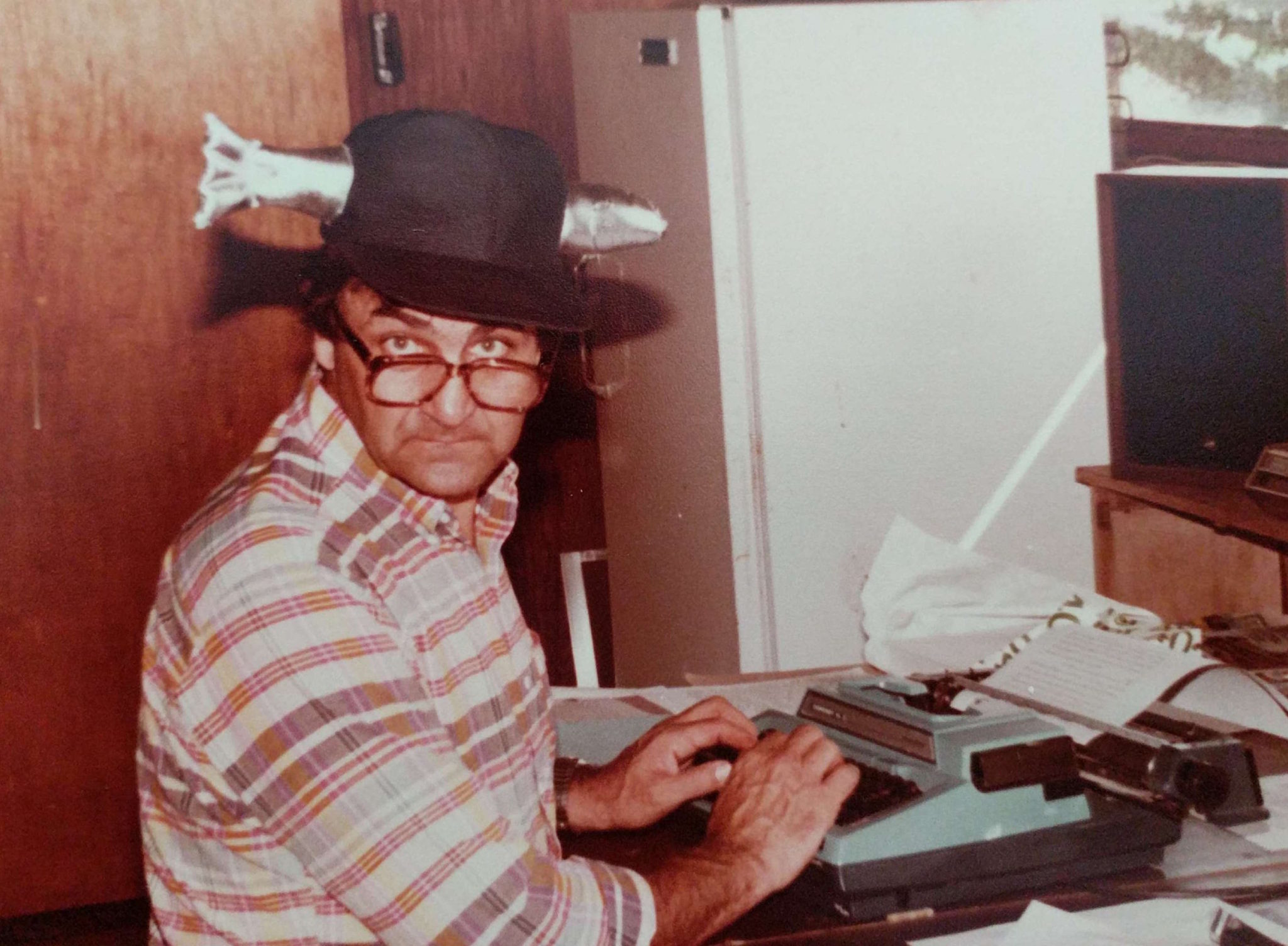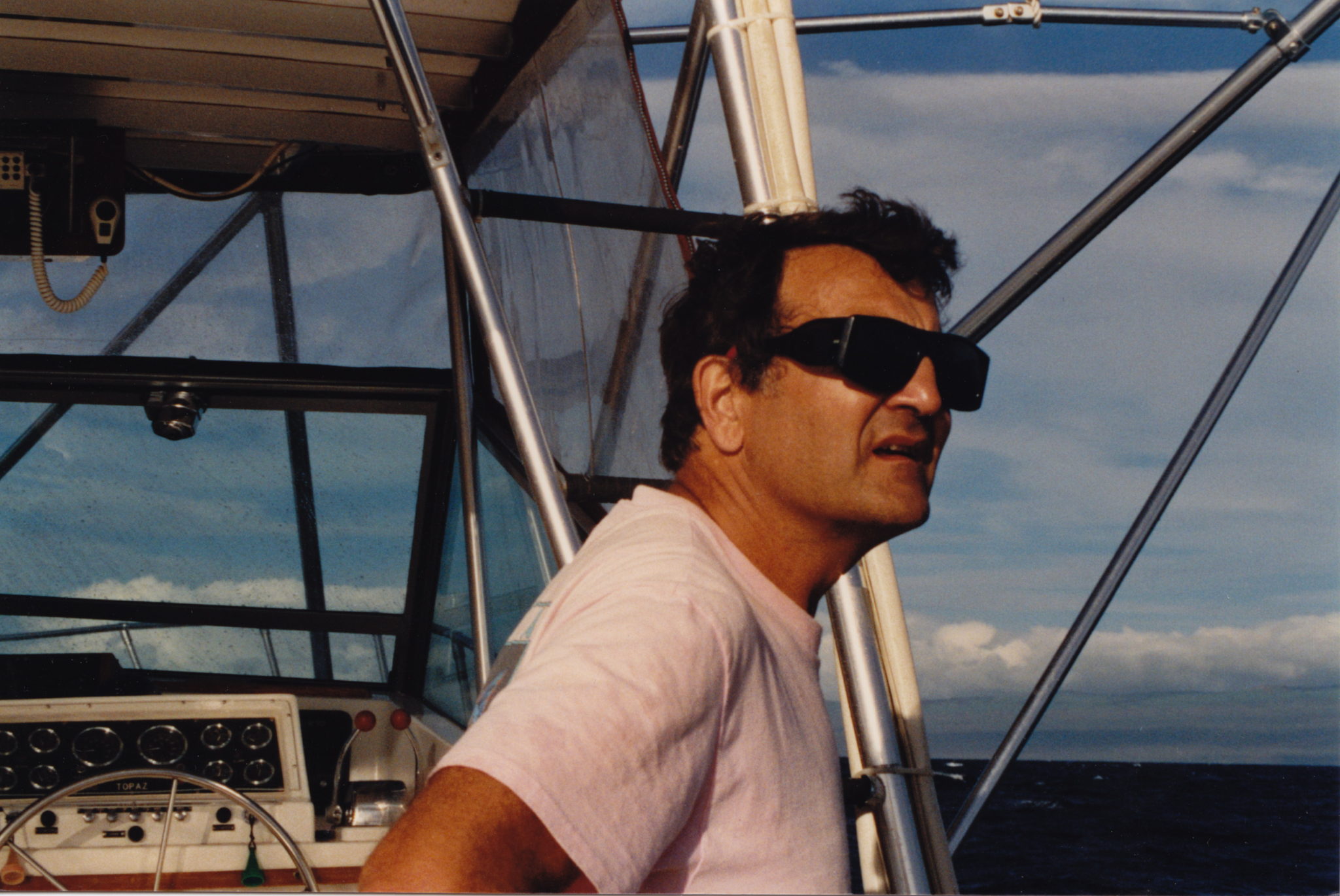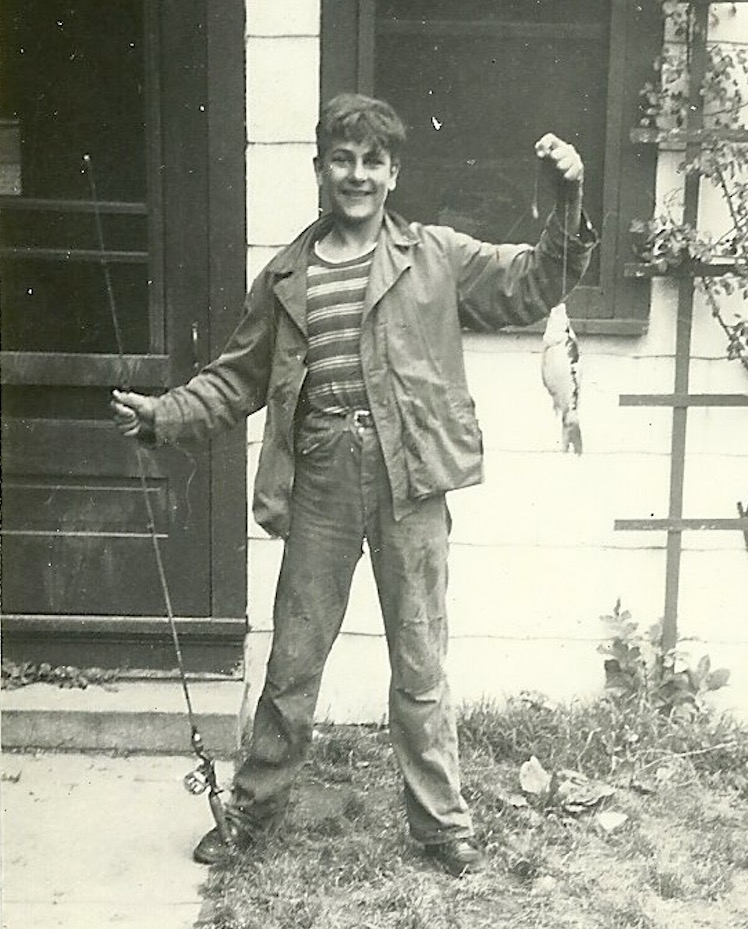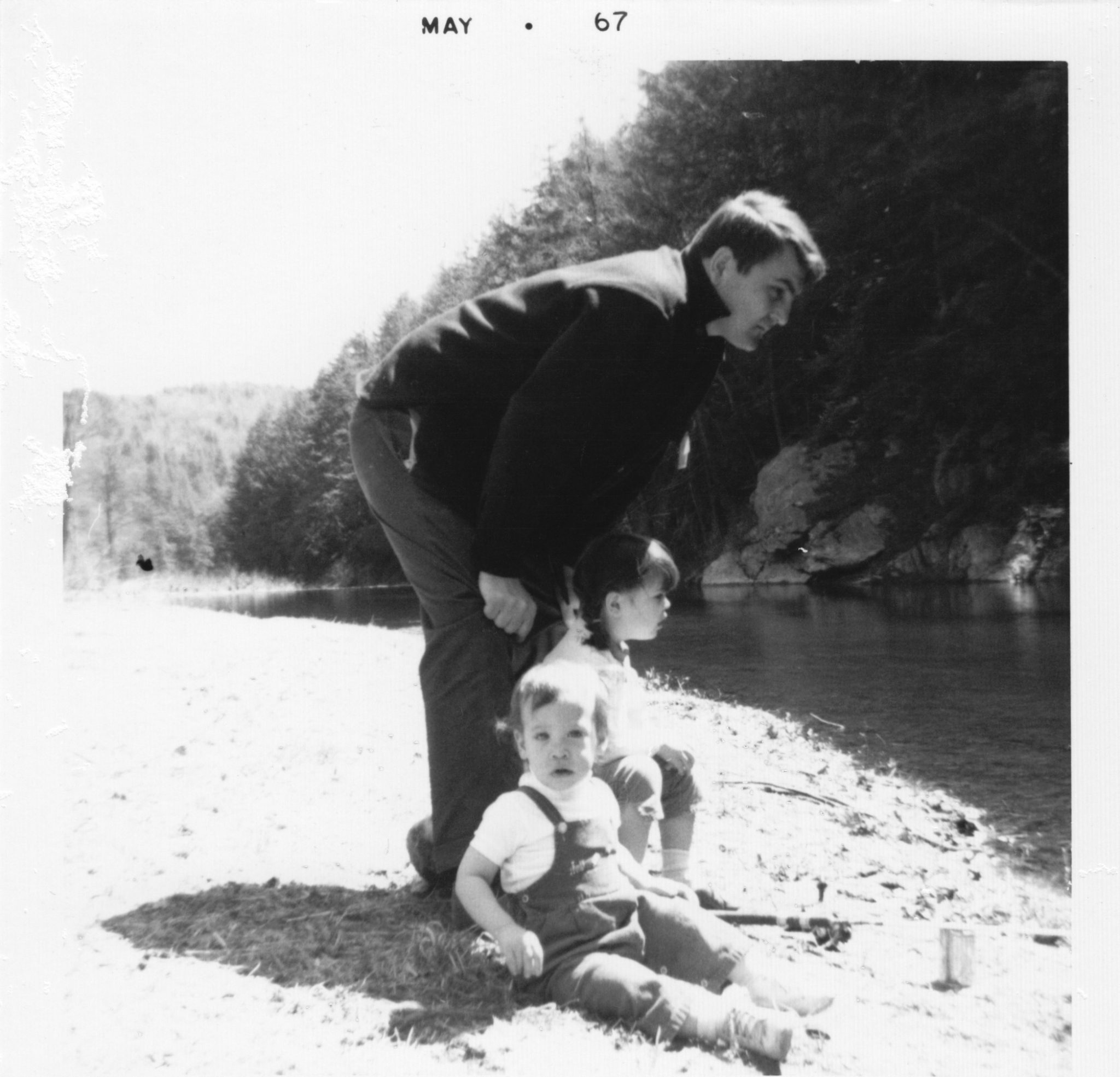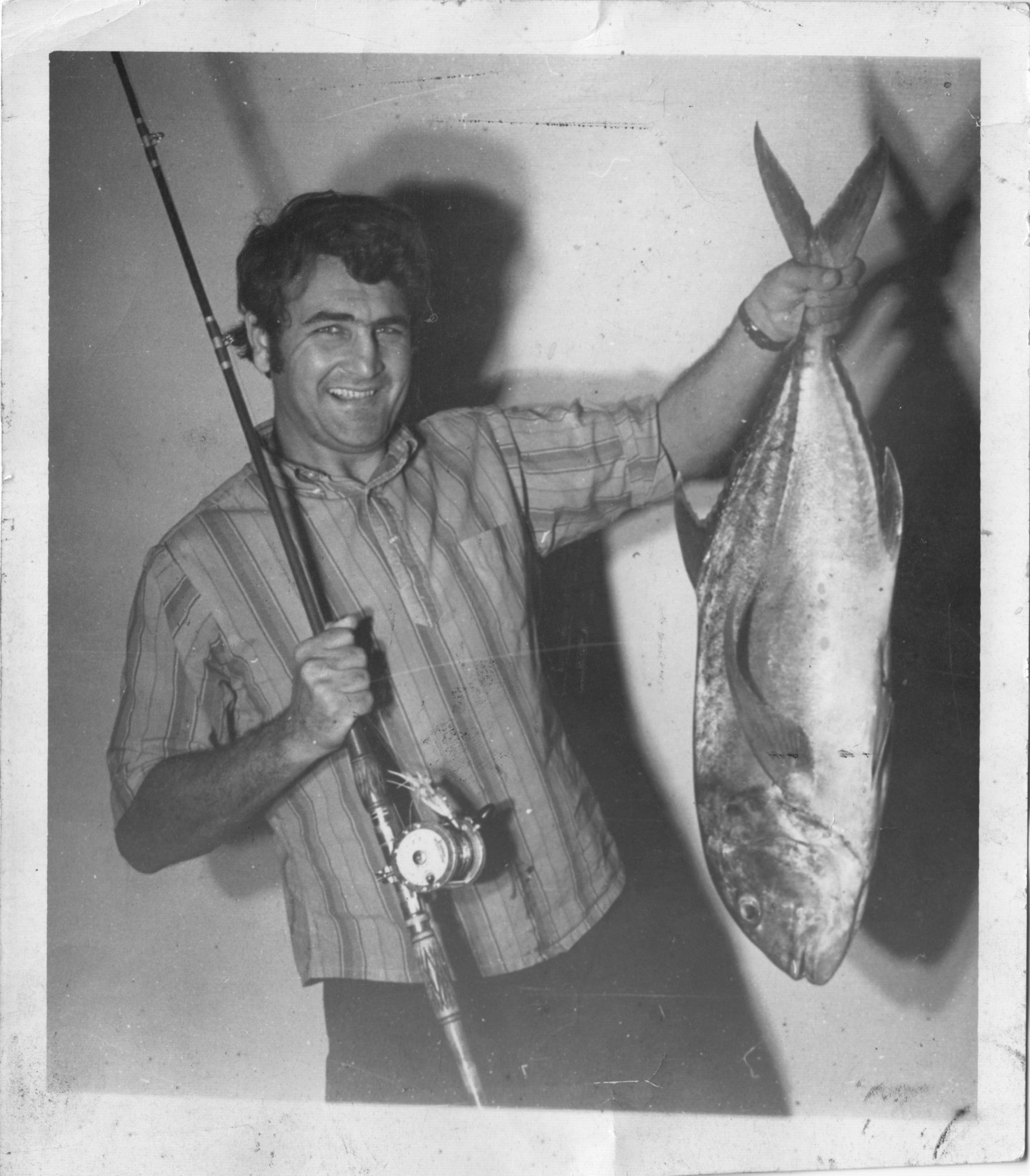Hey writers and creative souls,
Sherri and I are preparing for our new in-person retreat in California April 24-29th. When we first dreamed it into being, I was excited about the deep play and the joy that even the prospect of being together again brought to my heart. Apparently, that resonated, because on the basis of a single email, one-third of our 12 spots are spoken for. So don’t sleep on this if you are interested in joining us! Here’s a direct link to our retreat page.
Today, I want to offer you a quick tarot card for the day. As many of you who have worked with me before or scheduled personal readings know, thus far I have exclusively worked with Rachel Pollack’s Shining Tribe Tarot*. It’s a deeply spiritual and optimistic deck, which does not ignore the challenges and difficulties we may be experiencing, but helps us see how they may be unwound. We will be using this deck at the Grove retreat in workshops and evening card pulls for instant inspiration.
But for the first time, I am sharing a card from a different deck – also by Rachel Pollack, in collaboration with Neil Gaiman and Dave McKean – called the Vertigo Tarot, which draws from characters from the Vertigo DC comics, including The Sandman. It is the antithesis of the Shining Tribe in its darkness; for a long time, I was actually afraid to buy it. But in the words of Gabrielle Roth, founder of 5Rhythms (and we’ll be doing some somatic practices and dance at the Grove which are very loosely inspired by her powerful creation), “There is no way in unless we embrace the dark.” As we are about to mark two very dark years of Covid, I am excited to share with you the the beauty and release that I have personally been finding from that embrace.
Enough with the preambles. Let’s talk about The Star.
Number 17 in our life’s journey through the archetypes of experience and transformation, the Star comes toward the end of the Major Arcana; specifically it signifies a rebirth after our act of willful destruction, the Tower, in which we burn to the ground all that imprisons us, suffocates us, does not serve us. The Star has always been one of my favorite cards, and in the Shining Tribe, Rachel evokes a peaceful Persephone in her image, suggesting spring, nourishment, new life and escape from the underworld. In the Vertigo Tarot, the image (associated with Venus) confronts us with more than battle scars: her head and arms have literally been blown off. She has given everything, held nothing back: we see her pure spirit and essence in the flakes of gold that rise from her body, and her grit and courage in the fact that she can and will still offer the liquid gold she came with, even if she has to bind her vessels to her body. To me, this is the warrior, the pandemic survivor, the wounded healer, and also the advocate, the truth-teller, the witness. The one who embraces the darkness to release the light. As a writer who has focused on World War II and Hiroshima in all of her books, perhaps I should not have been as surprised as I was at how much assurance I find, how much recognition there is, in the terrible beauty and power of the Vertigo Star.
Some prompts, then, that can be used for your personal journal, your creative project as a whole, or to be applied to specific situations, scenes or characters in a story you are working on:
- When you put it all on the line like the Vertigo Star, what are you giving up or letting go of? Maybe these are expectations, or habits, or maybe they are fears that you only think are keeping you from harm. And what do you set free as a result? What new beliefs are possible, what feelings? When you have risked it all, what new risks are you now able to embrace? Or perhaps there is an actual battle – a character or a person who needs to be confronted. What is the truth that will sustain you and keep you from straying off your path?
- If you are resonating with Persephone, what have you emerged from? What are you here to celebrate or instigate? Also, notice her youth; she is the daughter, the maiden, she is bringing the spring. You might look to a younger self or earlier time for the seed of your inquiry or story. Though the dark isn’t evident in this card, Rachel points out in her description that Persephone still means “She Who Shines in the Dark.” How does that touch you? What images does it evoke?
- The Star bring a gift. What is the liquid she is pouring into the world? What nourishment, knowledge, what alchemy does she offer? What do you offer? What do you give yourself? What does your story or voice give to the world?
My suggestion is to sit with one of these questions that resonates with you, or if none do, pick the card that attracts you and look at the image for a bit, then ask your own questions about the image, and then begin a free write. If you need a way in, start with “What if?” What if the gift is… etc. See what comes up and how specific you can get. If you find yourself launched in a new direction or diving deep into a scene, go with it.
Happy writing! And don’t forget, Sherri and I would love to see you at the Grove. We will send a teaser on what she will be offering soon, so please subscribe to our mailings (at the bottom of the contact page) or watch your inbox!
Love,
Reiko
*The Shining Tribe Tarot: Awakening the Universal Spirit, created by Rachel Pollack, comes with a detailed book that describes the nuances and the inspiration behind each card. If you want to know more, or have your own Tarot practice, I strongly recommend it. Similarly, Rachel wrote the text to the Vertigo Tarot (out of print), which highlights the differences between the images and the “traditional” interpretations of the specific cards. My descriptions here, and interpretations of the cards and how to use them, are my own.


